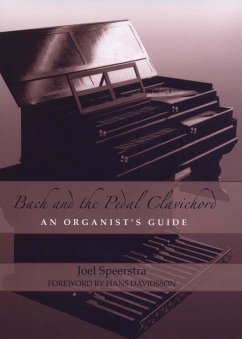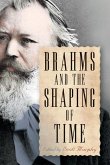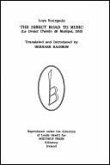Original and brilliant study...Anyone interested in keyboard instruments of any kind will find in it a great fund of information and insight into matters of general musical interest, especially the performance of Bach's music. EARLY MUSIC TODAY Friederich Griepenkerl, in his 1844 introduction to Volume 1 of the first complete edition of J. S. Bach's organ works, wrote: "Actually the six Sonatas and the Passacaglia were written for a clavichord with two manuals and pedal, an instrument that, in those days, every beginning organist possessed, which they used beforehand, to practice playing with hands and feet in order to make effective use of them at the organ. It would be a good thing to let such instruments be made again, because actually no one who wants to study to be an organist can really do without one." What was the role of the pedal clavichord in music history? Was it a cheap practice instrument for organists or was Griepenkerl right? Was it a teaching tool that helped contribute to the quality of organ playing in its golden age? Most twentieth-century commentary on the pedal clavichord as an historical phenomenon was written in a kind of vacuum, since there were no playable historical models with which to experiment and from which to make an informed judgment. At the heart of Bach and the Pedal Clavichord: An Organist's Guide are some extraordinary recent experiments from the Gvteborg Organ Art Center (GOArt) at Gvteborg University. The Johan David Gerstenberg pedal clavichord from 1766, now in the Leipzig University museum, was documented and reconstructed; the new copy was then used for several years as a living instrument for organ students and teachers to experience. On thebasis of these experiments and experiences, the book explores, in new and artful ways, Bach's keyboard technique, a technique preserved by his first biographer, J. N. Forkel (1802), and by Forkel's own student, Griepenkerl. It also sifts and weighs the assumptions and claim
Bitte wählen Sie Ihr Anliegen aus.
Rechnungen
Retourenschein anfordern
Bestellstatus
Storno








